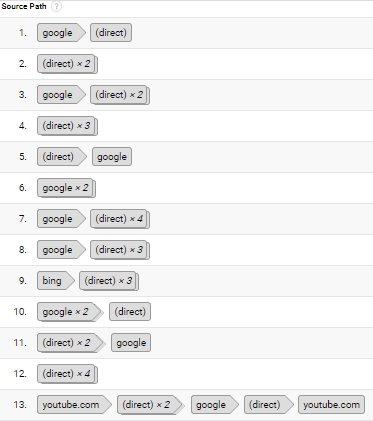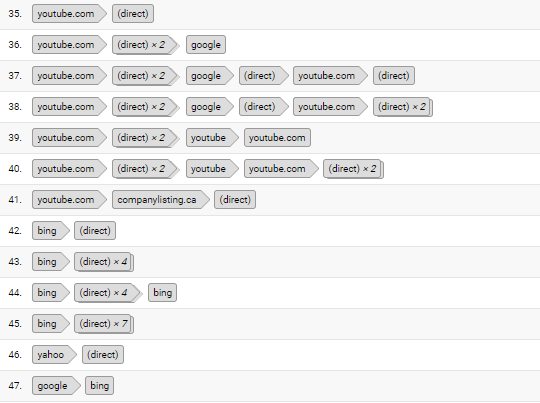UTM parameters are tags you add to a URL. Marketers use them to be able to track traffic from a wide range of sources such as Facebook, LinkedIn, Twitter, email, display ads, paid ads and more. These specific UTM tags are sent back to Google Analytics and can track stats such as users, sessions, time on site, number of pages, bounce rate, conversions/goals from those campaigns. These metrics help see the effectiveness of the campaigns and which campaigns are driving the most conversions and assisting in the most conversions.
The five UTM parameters that Google Analytics can register are:
- Utm_source (google, facebook, linkedin, youtube, pinterest, etc)
- Utm_medium (post, pin, cpc etc)
- Utm_campaign (name of campaign or specific promotion)
- Utm_term (used for text ads to tell you which keyword)
- Utm_content (used to differentiate ads)
You might already be using UTM parameters to track your marketing campaigns in Google Analytics, but are you capturing that information when a lead comes into your database such as through a purchase, contact form or whitepaper? Capturing this data is crucial in order to asses the ROI of your marketing campaign as you can now associate customers with their perspective campaign. This also happens to be a lead management best practice.
Another reason we like to use UTM parameters is because of the campaign details they give us in Google Analytics. This is especially helpful in seeing multichannel funnels. Multi-channel funnels track conversion paths and the campaigns that a user interacted with along the way before they did a conversion action. This is important because companies might not be realizing that certain channels are getting users into the buying cycle or are just starting to research a product or service. These streams might not show a lot of last click conversion but they are assisting in the conversion (which makes them important).


From the images, one of our companies was able to start attributing YouTube video data to actual conversions because they are now able to see how many users are coming to their site from their YouTube channel and also the leads that are coming in and associate names with them. This data is showing them that their YouTube channel is really an important media stream. Since using UTM parameters, we have been able to see which channels are engaging users at different stages of the buying cycle and work on new messaging to increase these conversions. There is a lot of valuable information in Google Analytics under the Multi-Channel Funnels tab. You can even narrow down multi-channel funnels with a conversion action you have set up, such as phone calls or contact form fills.



Have questions regarding the value of capturing UTM parameters and tracking campaign performance? Give us a call to see how we can help you today.